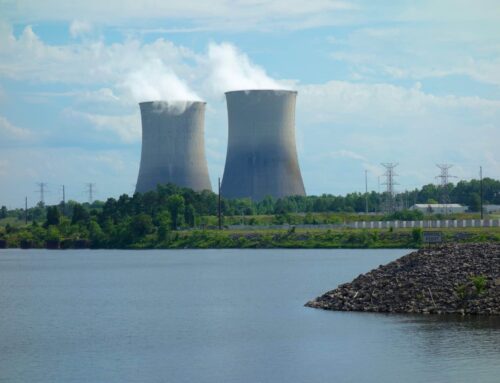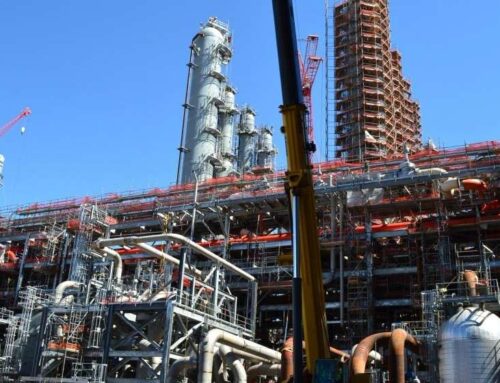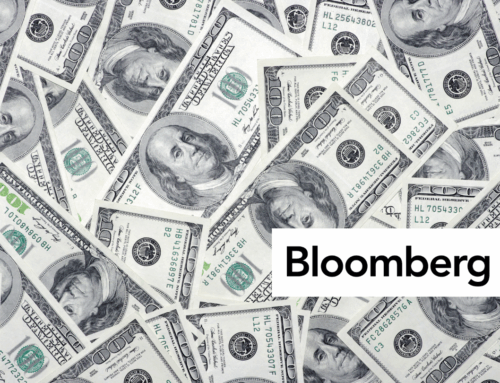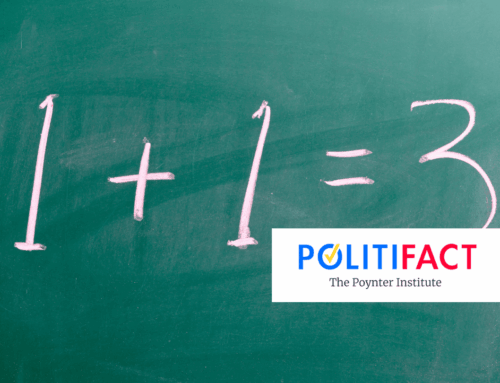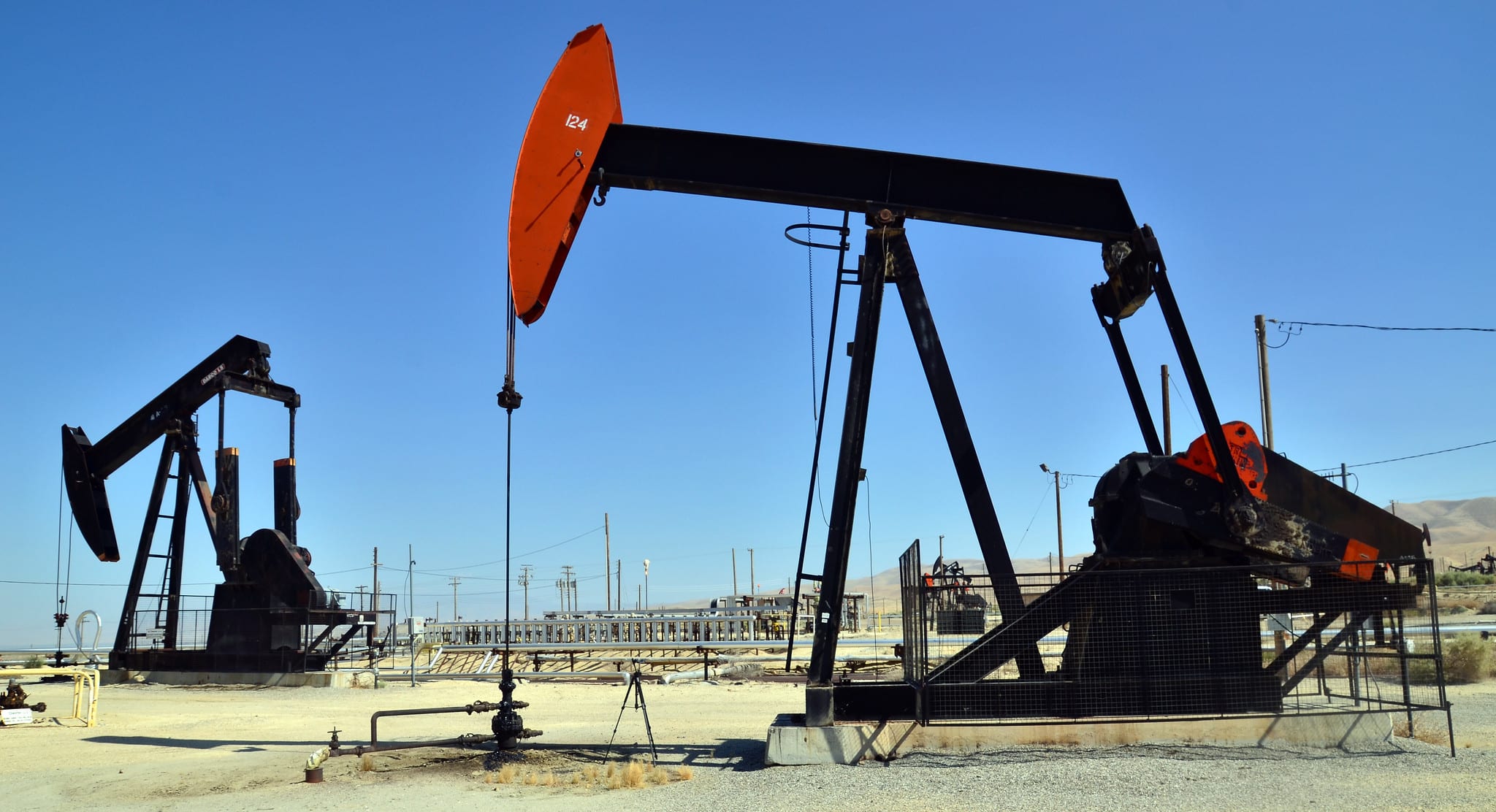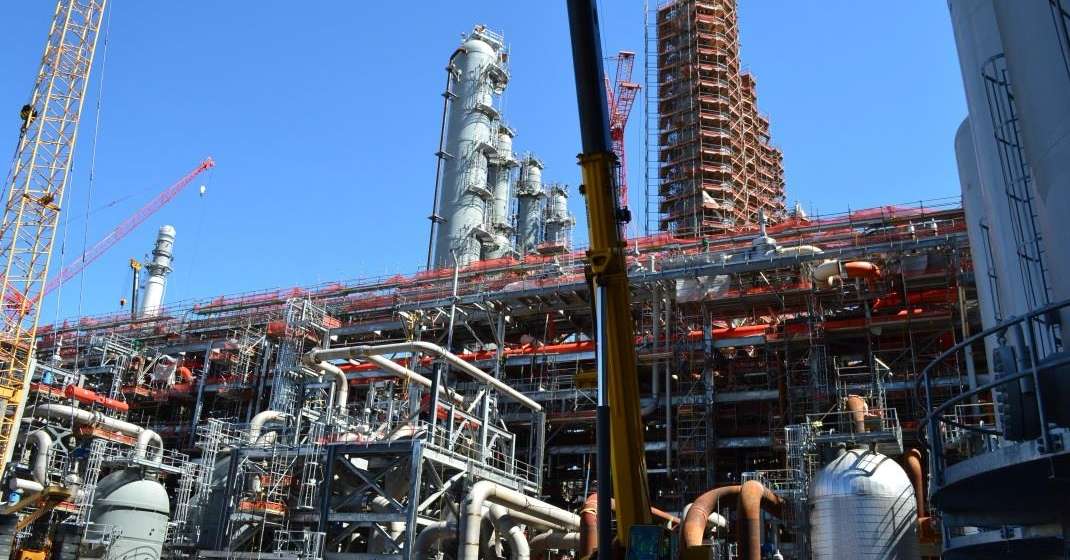At the end of 2020, the most recent COVID-19 relief package passed. The Congressional Budget Office (CBO) estimated that it added $774 billion to the fiscal year 2021 deficit and an additional $98 billion to the FY22 deficit. In other words, almost all of the nearly $900 billion package was deficit financed. CBO also estimated that it will boost Gross Domestic Product (GDP) by 1.5 percent in FY21 & FY22. Considering there had been no significant COVID-19 related funding since the spring of 2020 this made sense. And it is clear that there are still unmet needs particularly with ailing industries, school re-openings and the vaccine rollout. The question is how much need. And what comes next.?
CBO projects that the GDP will be back to pre-pandemic levels by mid-year. At that point there should not be additional efforts to boost the economy, they will be inflationary which would actually harm working people and the unemployed. And pandemic spending isn’t all that the Biden Administration and Congressional leadership have in mind. There are also calls for an infrastructure package and funding to tackle climate change. Important issues indeed. That means this funding must be prioritized and there should triggers along the way for the COVID-19 funding as well as mechanisms to clawback or repurpose unnecessary funds.
The national debt stands at $27.9 trillion, $21.8 trillion of which is held by the public (excludes intra-governmental debt). Even before the end of year spending bill in 2022 that represented a debt level of 98 percent of GDP. Levels not seen since the end of World War II. And CBO outlines the possible problems of this huge debt.
“Pandemic-related legislation will increase federal debt as a percentage of GDP; in the longer term, CBO expects that increase to raise borrowing costs, lower economic output, and reduce the income of U.S. households and businesses. In addition, the higher debt—coming at a time when the longer-term path for debt was already high—could eventually increase the risk of a fiscal crisis or of less-abrupt economic changes, such as higher inflation or the undermining of the U.S. dollar’s predominant role in global financial markets. The timing and likelihood of those effects are not possible to estimate with precision.”
Our country has been living beyond its means for too long, especially in relatively good economic times that included the longest economic expansion in our nation’s history that ended with the pandemic. So now the country is faced with critical spending to combat and recover from the pandemic, very real infrastructure needs, and sustained effort to tackle the impacts of climate change.
This is going to require a return to finding ways to pay for what the country wants and needs and to prioritize investments.

